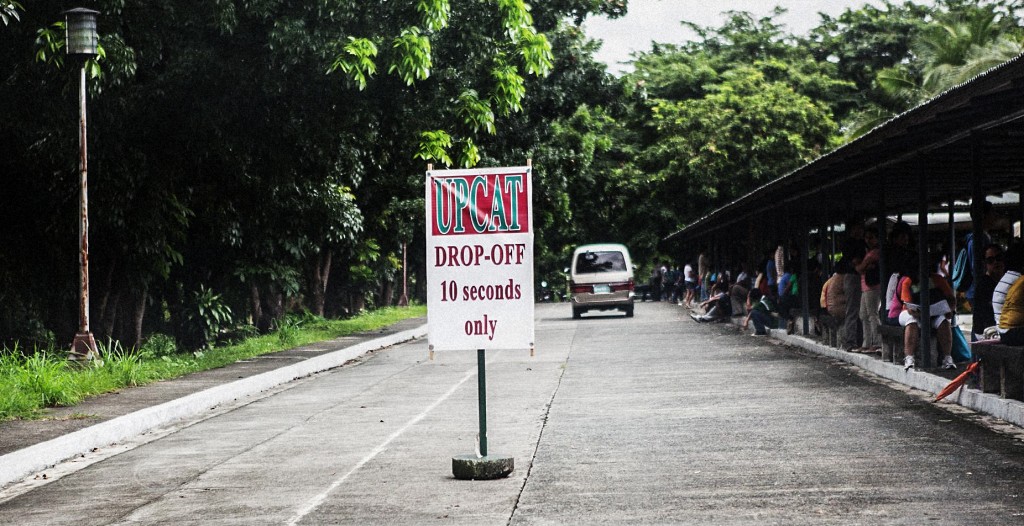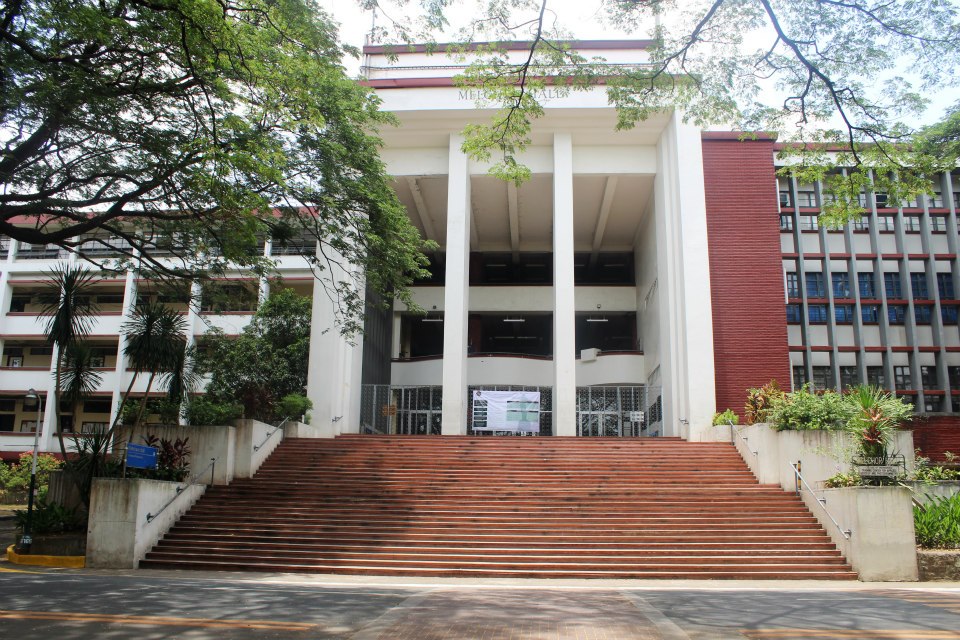
YOU are aware that the University of the Philippines is the country’s national university. And according to the international research organization Quacquarelli Symonds Intelligence Unit’s (QSIU) report on Asia’s top universities, UP is the best university in the country.
As your research will tell you, many of the nation’s movers and shakers graduated from this university. UP has produced 34 out of the country’s 57 National Artists and 36 out of the 37 National Scientists. Seven of the country’s 15 presidents also hailed from UP.
The university’s trademark of excellence, long tradition, and its relatively inexpensive tuition make it a popular choice among college entrance examinees like you. You are probably one of the thousands and thousands of high school students who aspire to make it to UP and are headed to one of the 81 test centers this weekend to take the UP College Admission Test or UPCAT.
Consider yourself lucky when you take the UPCAT on Aug. 4 and 5 as you’re bound to become part of UPCAT history. Here are 10 things you should know before taking UPCAT 2013:
1. For the first time, UPCAT examinees will be asked to write an essay. The UPCAT previously consisted of multiple-choice questions in four areas: Language Proficiency, Science, Mathematics and Reading Comprehension.
Make sure your pencils are in good condition as these are expected to do more work this year. Also, consider bringing more food for your snacks as the addition of the essay portion to the exam will make UPCAT longer this year, bringing the actual duration of the test to four hours and 20 minutes.
2. Last year saw the biggest number of UPCAT examinees in the history of UP. A record-breaking 71,853 students made their way to numerous UPCAT test centers around the country. But the 2011 record is likely to be broken this year, with 75,000 students expected to take the UPCAT this weekend.
3. Out of the 71,853 students who took the UPCAT last year, only 12,936 made the cut. Of this number, 3,821 made it to UP Diliman. However, only 66 percent of UP Diliman passers, or 2,521 students, went on to enroll this schoolyear.
4. Among the test centers, UP Diliman hosts the biggest number of examinees every year. At least 27,000 students are expected to take the exam there this year while close to 48,000 examinees are headed to 80 regional test centers across the country.
5. To address the growing number of UPCAT examinees and make the test centers more accessible to students, particularly those coming from the Greater Manila Area, four new test centers have been established. These are UP Manila, Antipolo, Imus and Trece Martires in Cavite.
Meanwhile, Biliran in the Visayas is being revived as a test center this year after being previously closed down due to the low number of examinees in the area.
6. If you’re taking the exam in one of the regional test centers and have not received your test permit, you can go to the test center a day before the scheduled exam and inform the Regional Examiners of your predicament. You’ll be issued a provisional test permit so you can still take the UPCAT.
In some regional test centers, test permits that have been sent via snail mail actually get to the schools at the last minute even when the university sent these weeks before. In Digos City last year, the test permits arrived just as provisional permits were about to be issued. You can also check with your school’s guidance counselors as these permits are usually addressed to your school.
7. New applications are actually processed a day before the exam (in large regional test centers) and even hours before examination proper (mostly in small test centers), so make sure you have prepared the requirements for submission should you belatedly decide to take the UPCAT. Processing of new applications, however, is subject to availability of test materials and test permits, as well as the carrying capacity of most test centers. Some regional test centers only host the exam on Saturday, so it is best to inquire at the test center on Friday.
8. UP Los Banos, Malolos City, UP Tacloban, UP Iloilo, UPEP Pampanga, Batangas City, Imus in Cavite, UP Cebu, UP Mindanao, and Davao City were last year’s 10 largest regional test centers. Almost 18,000 students took their exams at these centers.
Cuyo, an island town in Palawan, is considered the smallest test center in terms of number of examinees. Only 19 students took the exam there last year. Also among the smallest were Mambajao in Camiguin, Larena in Siquijor, Basco in Batanes, Dipolog City in Zamboanga, and Digos City in Davao del Sur.
Four other test centers with the lowest number of examinees last year are all found in the Cordillera Administrative Region (CAR): Bangued in Abra, Banaue in Ifugao, Bontoc in Mt. Province and Tabuk in Kalinga.
9. If, by virtue of your religion, you cannot take the exam on Saturday, you can request to take the exam the next day, if the test centers have Sunday test sessions. As some regional test centers only host the exam on Saturday, ask to be transferred to the nearest regional test center that has Sunday test sessions. It is, again, best to inquire about this one day before the exam.
10. Memorize your UPCAT Identification Number. You will be asked to write these numbers more than once during the exam. In most cases, your Identification Number becomes your Student Number when you pass the UPCAT, and your student number becomes your life at the university. You carry it with you until you take graduate and postgraduate studies in the university. You actually carry it for life. So if you believe in the Law of Attraction and while it is a long time till UPCAT results are released February next year, own these numbers now.
(Amer R. Amor is an UPCAT Regional Examiner and a faculty member of the University of the Philippines in Baguio.)




